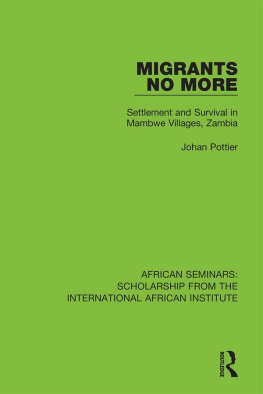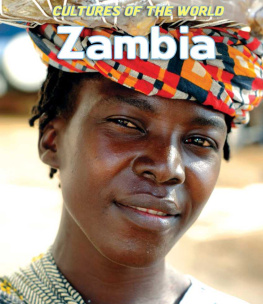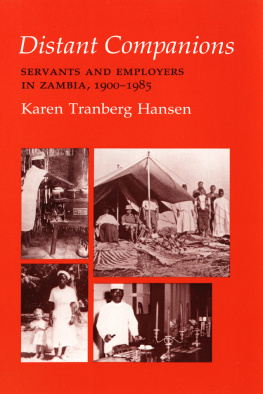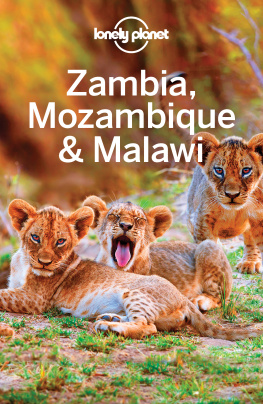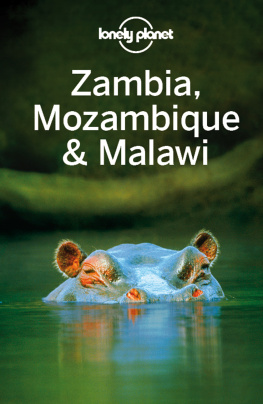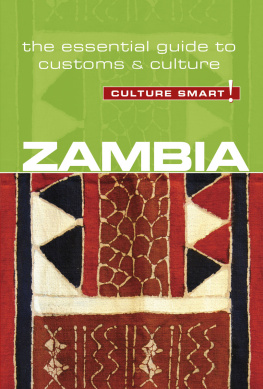Religious change in ZambiaMonographs from the African Studies Centre, Leiden
Religious change in Zambia
Exploratory studies
Wim M. J. van Binsbergen
RELIGIOUS CHANGE IN ZAMBIA
First published in 1979 by In de Knipscheer.
Kegan Paul Limited
This edition first published in 2009 by
Routledge
2 Park Square, Milton Park, Abingdon, Oxon, 0X14 4RN
Simultaneously published in the USA and Canada
by Routledge
270 Madison Avenue, New York, NY 10016
Routledge is an imprint of the Taylor & Francis Group, an informa business
Afrika-Studiecentrum, 1981
Transferred to Digital Printing 2009
All rights reserved. No part of this book may be reprinted or reproduced or
utilised in any form or by any electronic, mechanical, or other means, now
known or hereafter invented, including photocopying and recording, or in
any information storage or retrieval system, without permission in writing
from the publishers.
British Library Cataloguing in Publication Data
A catalogue record for this book is available from the British Library
ISBN 10: 0-7103-0000-X (hbk)
ISBN 13: 978-0-7103-0000-3 (hbk)
Publisher's Note
The publisher has gone to great lengths to ensure the quality of this reprint
but points out that some imperfections in the original copies may be
apparent. The publisher has made every effort to contact original copyright
holders and would welcome correspondence from those they have been
unable to trace.
Contents
Illustrations
Plates
(page 140)
1 A village shrine
2 Name-inheriting ritual: an aspect of the ancestral cult
3 a, b: The shrine of a chief's capital
4 a: A harvest ceremony: an aspect of the chiefly cult among the Bemba
4 b: An aspect of the ancestral cult among the Bemba
5 The prophet Mupumani
6 The prophet Lubumba
7 A Bituma shrine
8 A senior cult leader of the Bituma cult
9 Alice Lenshina Mulenga
Figures
Maps
Tables
ndaba bapashi banakana
Map 1 Religious change in Zambia: localities and ethnic groups
Preface and acknowledgments
This volume brings together seven studies of religious change in Zambia which were written between 1972 and 1979. During these eight years, our factual knowledge of social and religious phenomena in Central Africa increased considerably. Moreover, these years saw profound changes in the theory and methodology of the disciplines studying these phenomena: anthropology and sociology, history and political science. Structural functionalism virtually disappeared from the academic scene. It was partly supplanted by a Marxist approach stressing modes of production, the penetration of capitalism and processes of class formation. The historical study of societies and periods about which no written records exist became an established speciality. And finally, the bounded ethnic group or tribe, once considered a viable unit of social analysis, gave way to regional approaches transcending the comfortable political and cultural boundaries within which anthropologists used to carve out their little empires.
My introductory chapter indicates how these general trends were reflected in the studies presented here. As I struggled to unearth the scarce and stubborn data of Zambian religious change, the process of interpretation of these data forced me constantly to re-evaluate and revise my theoretical perspective. I started out with the approach to which my anthropological training at the University of Amsterdam had introduced me: a mild version of structural functionalism, tending towards transactionalism, yet stressing cross-cultural comparison between local social systems conceived as bounded and integrated units, and certainly underrating wider regional and historical dimensions. Such an approach had proved feasible in my earlier analysis of popular religion in a rural community in north-western Tunisia, where I did my first field-work (1968). However, my extensive Zambian field-work, both in urban compounds and in a remote village community, as well as the intellectual exchanges into which I was meanwhile drawn, profoundly challenged this initial positition. I was brought to stress process rather than institutions; regional linkages rather than a single bounded ethnic group; and material aspects (production, expropriation, control) of social phenomena, in addition to institutional and normative aspects. The theoretical and conceptual difficulties involved in the painful transition from a more or less classic anthropology to my present theoretical position were solved only gradually and partially. Each of the following studies therefore represents a momentary stage in a complex argument, which I built up in the course of nearly a decade. What on the surface might appear a puzzling lack of consistency between the chapters turns out to be a sustained intellectual process, the outlines of which I have sketched in the Introduction ().
The general trends in Central African studies, as reflected in the present volume, took shape through a series of specific debates, which formed the substance of a number of conferences and edited books. Most of the papers included here have been written, and partly published, within such specific settings, in which certain problems, certain concepts, certain approaches, were to be stressed rather than others. While the body of data expanded only slowly, I was forced to re-examine these data and my theoretical position in the light of, respectively: the concept of the territorial cult; the study of witchcraft, sorcery, and the problem of evil; regional cults theory; the relation between nationalism and religious innovation; and the paradigm of the articulation of modes of production. The chapters in this volume link up with a series of current debates which in themselves are implied rather than fully discussed within each individual study, and whose significance for the overall argument is made clear in the introduction. The sequence of different approaches in these chapters reflects both general trends in Central African studies and my own intellectual development, but mediated through the market mechanisms of academic production.
Even though this book constitutes one complex and sustained argument, some of the earlier parts would look very different if I were to write them today. For various reasons, however, I have not rewritten these chapters in the light of my present theoretical position. Instead, the introduction and the postscript to deal at length with such substantial alterations as I would now make. Frankly, it turned out to be impossible to rewrite the original arguments. For it is implied in the exploratory nature of these studies that they contain a fair amount of speculative deduction and thought experiments. It seems to me that such value as these studies may have derives from the interpretative imagination underlying them, much more than from the presentation of a new and complete set of factual data. This interpretative imagination is intimately linked to the theoretical premises I held at the time. A different theoretical position would have led the exploration, in any of the chapters, in a rather different direction. While one can explicitly acknowledge this, an attempt to build later theoretical premises into the earlier arguments can only cause the latters destruction. The original creative moment, rendering a measure of plausibility to my hypothetical and controversial models, would be lost. The second reason for leaving the texts largely as they are is that in their original form they have given rise to published debate. Rather than falsifying this debate by producing, in this book, more readily available but greatly revised versions of the original studies, I have taken the opportunity offered by this volume of replying to my critics, both in the Introduction and in a Postscript.





